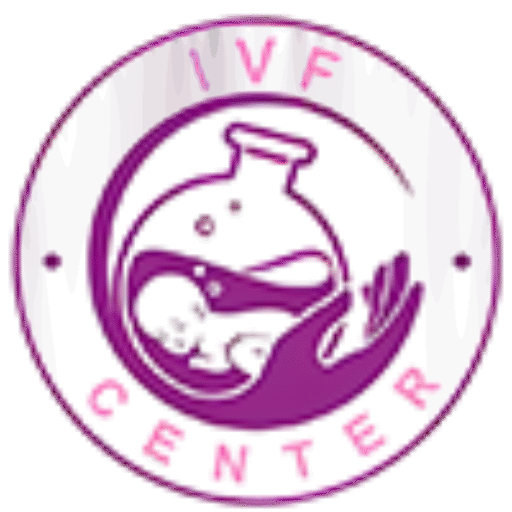Embryo Culture
- Home
- Embryo Culture
Embryo Culture
Embryo Culture is a critical phase in the IVF process, where fertilized eggs (embryos) are nurtured and observed in a specialized laboratory environment to promote optimal growth before transfer or freezing.
At Faith Infertility and IVF Clinic, we use advanced culture systems and technology to carefully monitor embryo development, giving each embryo the best possible chance to grow, implant, and result in a healthy pregnancy.
What Happens During Embryo Culture?
Fertilization
After egg retrieval, eggs are fertilized with sperm in our embryology lab — either through conventional IVF or ICSI (Intracytoplasmic Sperm Injection).Incubation
Fertilized embryos are placed in incubators that closely mimic the natural conditions of the female reproductive tract, with controlled temperature, humidity, and gas levels.Monitoring
Embryologists monitor each embryo’s development over several days:Day 1–2: Fertilization and early cell division
Day 3: Cleavage stage (6–8 cell embryo)
Day 5–6: Blastocyst stage — ideal time for embryo transfer or freezing
Embryo Grading
Embryos are assessed based on their appearance, development rate, and other markers of quality to help select the best one(s) for transfer.Embryo Transfer or Freezing
Healthy embryos may be transferred into the uterus or frozen (cryopreserved) for future use.
Frequently Asked Questions (FAQs)
Embryos are typically cultured for 3 to 6 days. Most high-quality transfers occur at the blastocyst stage (Day 5–6), when the embryo is most viable for implantation.
A blastocyst is a more developed embryo with many cells and a fluid-filled cavity. Reaching the blastocyst stage usually indicates good developmental potential, increasing the chances of implantation.
Embryologists grade embryos based on:
Number and symmetry of cells
Rate of development
Appearance of inner and outer cell masses (at blastocyst stage)
Only the best-quality embryos are selected for transfer or freezing.
Not all fertilized eggs develop into viable embryos. Some may arrest (stop growing) early due to chromosomal abnormalities or poor cell quality.
Yes. Our lab uses sterile, high-tech incubators and media designed to support safe, optimal growth. Strict quality control measures are in place at all times.
